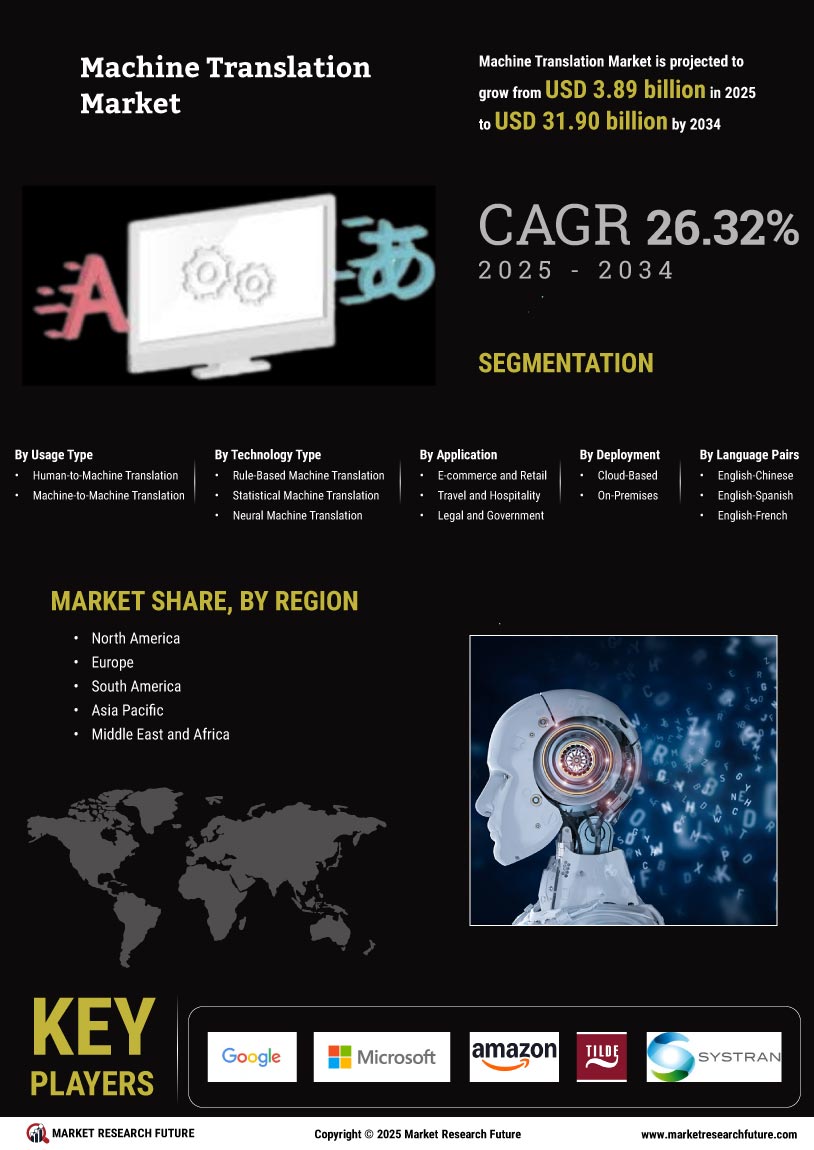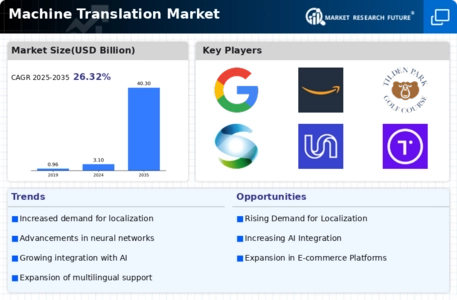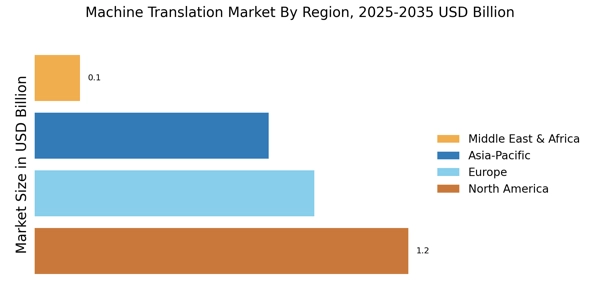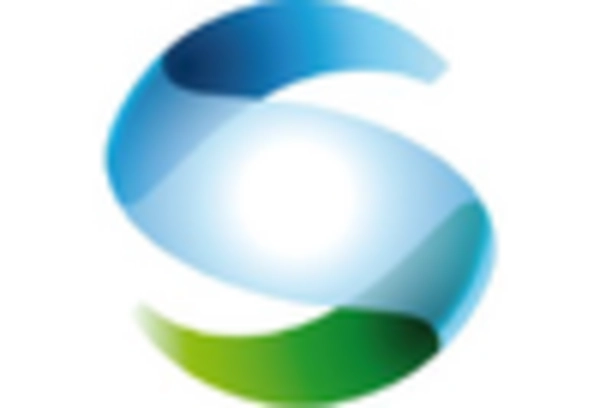Rising Globalization of Businesses
The Machine Translation Market is propelled by the rising globalization of businesses, which necessitates effective communication across borders. As companies expand their operations internationally, the need for accurate and efficient translation services becomes paramount. This trend is evidenced by the fact that over 60% of businesses report challenges in reaching non-native speakers. Consequently, organizations are turning to machine translation solutions to bridge language barriers and facilitate smoother interactions with clients and partners worldwide. The increasing emphasis on cross-cultural communication and collaboration further underscores the importance of machine translation, positioning it as a vital component in the global business landscape.
Increased Demand for Multilingual Content
The Machine Translation Market experiences a notable surge in demand for multilingual content, driven by the expansion of businesses into diverse linguistic regions. Companies are increasingly recognizing the necessity of communicating effectively with customers in their native languages. This trend is underscored by the fact that approximately 75% of consumers prefer to purchase products in their native language. As a result, organizations are investing in machine translation solutions to enhance their global reach and customer engagement. The growing need for localized content across various sectors, including e-commerce, travel, and education, further propels the Machine Translation Market, as businesses strive to cater to a wider audience and improve user satisfaction.
Advancements in Natural Language Processing
The Machine Translation Market is significantly influenced by advancements in natural language processing (NLP) technologies. These innovations enhance the accuracy and fluency of translations, making machine translation solutions more appealing to businesses. Recent developments in deep learning and neural networks have led to improved contextual understanding and language nuances, which are critical for effective communication. The market is projected to grow at a compound annual growth rate of over 20%, reflecting the increasing reliance on sophisticated NLP algorithms. As organizations seek to streamline their operations and reduce translation costs, the integration of advanced NLP capabilities into machine translation tools becomes essential, thereby driving the Machine Translation Market forward.
Growing Need for Real-Time Translation Services
The Machine Translation Market is increasingly shaped by the growing need for real-time translation services, particularly in sectors such as customer support and online communication. As businesses engage with clients across different time zones and languages, the demand for instantaneous translation solutions becomes critical. Recent studies indicate that nearly 50% of consumers expect immediate responses in their preferred language. This expectation drives organizations to implement machine translation technologies that can provide quick and accurate translations. The rise of remote work and virtual collaboration further amplifies this need, as teams from diverse linguistic backgrounds seek seamless communication. Consequently, the Machine Translation Market is poised for substantial growth as it adapts to these evolving demands.
Integration of Machine Translation with AI Technologies
The Machine Translation Market is witnessing a transformative shift with the integration of artificial intelligence technologies. AI-driven machine translation solutions offer enhanced capabilities, such as real-time translation and adaptive learning, which significantly improve user experience. The market is expected to reach a valuation of several billion dollars in the coming years, driven by the demand for more efficient and accurate translation services. Businesses are increasingly adopting AI-powered tools to streamline their workflows and reduce operational costs. This integration not only enhances the quality of translations but also allows for customization based on specific industry needs, thereby expanding the reach and applicability of machine translation solutions.


















Leave a Comment